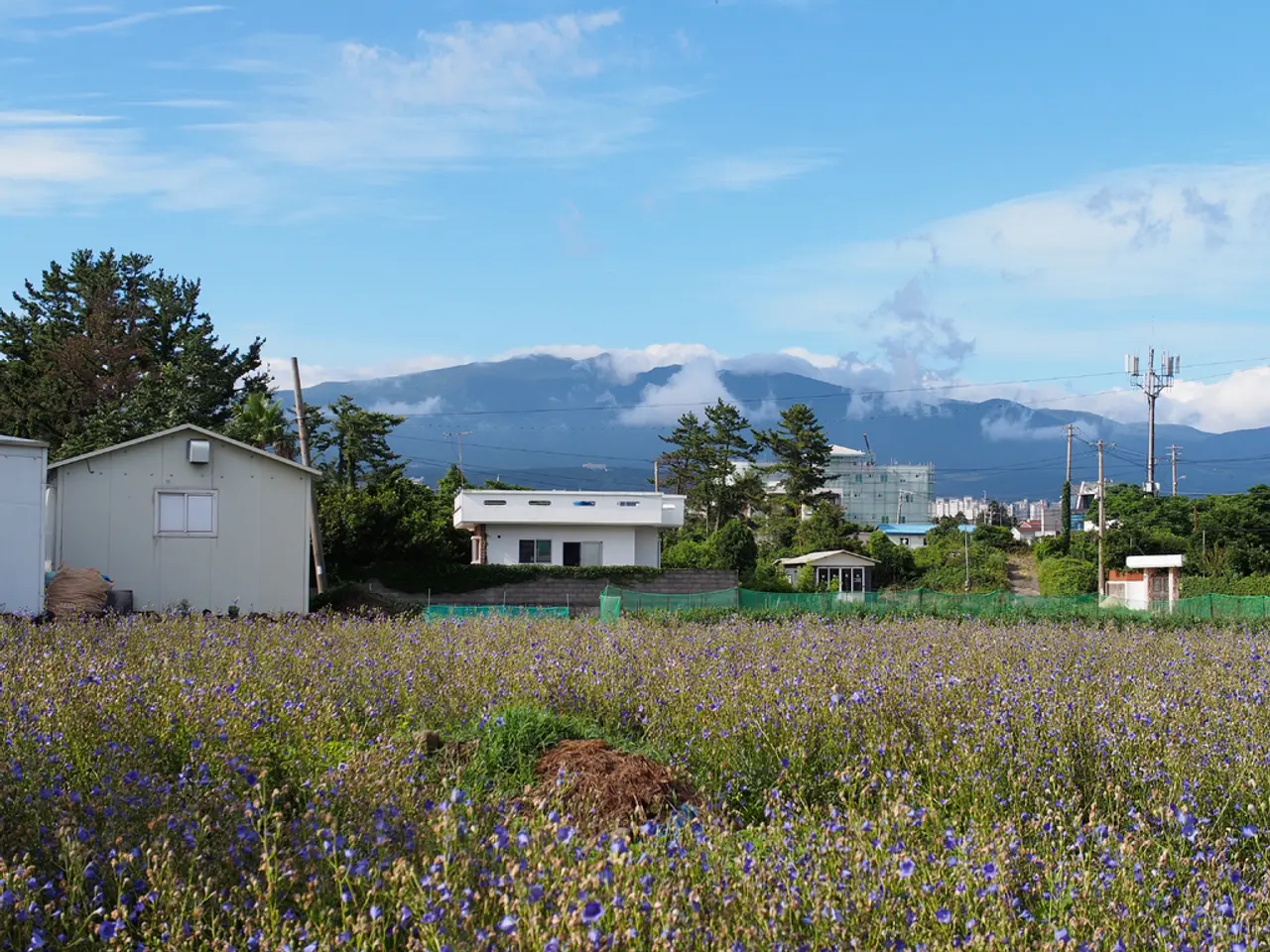Kenya's Private Sector Boosts Captive Power by 13.4% to 603.8MW
Kenya's private sector has significantly boosted its captive power generation, with a 13.4% increase in capacity over the past year. This surge, totalling 71.3 megawatts (MW), has brought the country's overall captive power capacity to 603.8MW.
The rise in captive power plants, now accounting for 15.72% of Kenya's total installed capacity, is driven by companies aiming to cut energy costs and meet green goals. Notably, about half of this capacity comes from solar power plants, reflecting a shift towards renewable energy.
The new captive capacity, equivalent to two geothermal plants with a capacity of 35MW each, is a significant addition. This growth comes despite a drop in the installed capacity of major power plants feeding the national grid, due to fewer new plants being developed.
With the recent regulatory framework review, firms can now export excess captive power to the grid and later retrieve it for their own use. This change, coupled with the increasing trend of captive power adoption, is expected to further boost Kenya's overall power generation and support its green energy goals.








